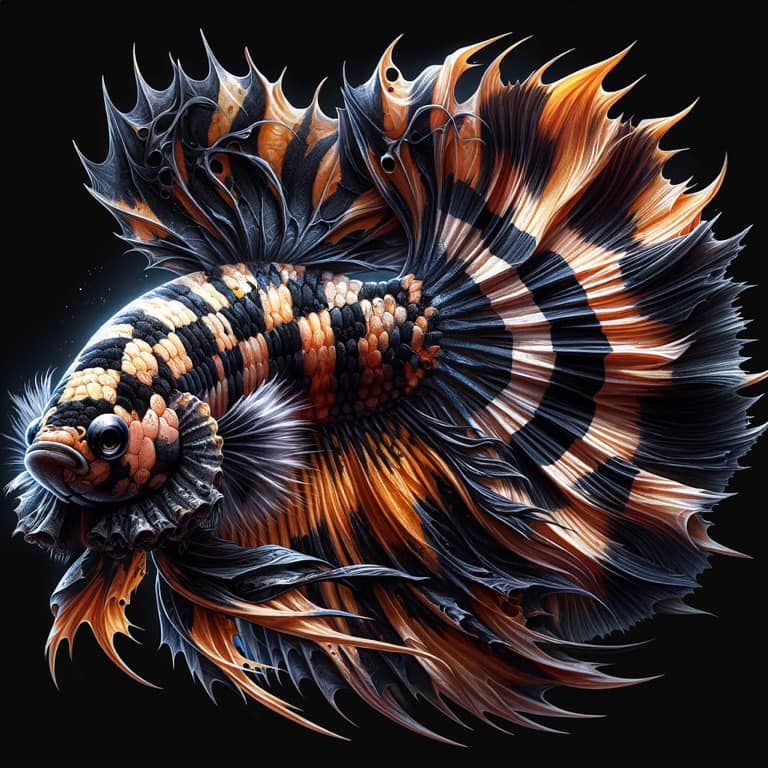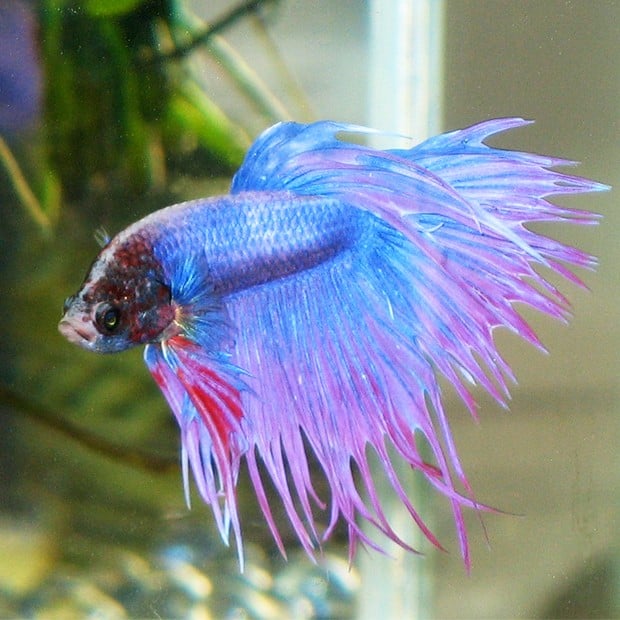Breeding Betta Fish: a Comprehensive Step-By-Step Guide to Successfully Raising Infant Bettas From Eggs to Adulthood
Reproducing Betta fish is a meticulous undertaking that requires cautious preparation and execution to make certain the successful advancement of fry from eggs to grow fish. Choosing genetically varied reproduction couple with desirable features is only the beginning; developing an optimal atmosphere and understanding the ins and outs of the reproducing procedure are equally vital. As the male Betta diligently constructs a bubble nest and guards the valuable eggs, the succeeding stages of care and shift need attention to detail and expertise of ideal practices. Exactly how does one navigate the tough yet gratifying course of nurturing these dynamic animals to the adult years?

Choosing Breeding Pairs
When starting the trip of reproducing Betta fish, choosing the ideal breeding sets is crucial to attaining desirable traits and a healthy and balanced family tree - betta fish. The initial step in this process is to determine the particular characteristics you wish to enhance or maintain, such as color, fin kind, and physique. It is necessary to choose genetically varied pairs to avoid inbreeding, which can cause health and wellness concerns and undesirable characteristics
Review potential reproducing candidates meticulously. A healthy male Betta needs to display vibrant shades, an energetic demeanor, and well-formed fins, while the woman should also present vibrant pigmentation and a rounded belly, showing readiness for spawning. Observing the character of both fish is essential, as aggressive or excessively reluctant individuals might not breed effectively.
Documentation of lineage is just as important. Keeping records of the moms and dad fish's ancestry can help you track hereditary traits and prospective problems. In addition, seek advice from respectable dog breeders or online resources for support on selecting suitable pairs. Eventually, spending time in the option procedure will substantially boost the likelihood of generating strong, lively spawn that satisfy your reproduction objectives (betta fish).

Preparing the Reproduction Storage Tank
Producing an optimum reproduction environment is a key action after selecting ideal pairs for Betta fish. The reproduction storage tank ought to be especially created to offer convenience and promote the all-natural reproduction behaviors of the fish. Start with a container size of at the very least 10 gallons to ensure appropriate area for both the male and women Bettas.
Preserve a gentle filtering system to keep the water tidy while avoiding solid currents that can worry the fish. Additionally, an air rock can be included to provide oxygenation without interrupting the water surface excessive.
Temperature guideline is critical; go for a secure range of 78-82 ° F(25-28 ° C) utilizing a trusted heating unit. The pH level need to be maintained in between 6.5 and 7.5, and normal water modifications are essential to guarantee high water high quality.
Include floating plants or generating sponges to create hiding areas for the woman, while additionally motivating bubble nest building by the man - betta fish. Guarantee the tank is cost-free from sharp designs and any type of prospective risks, as the well-being of the fish need to constantly be prioritized during this important stage of reproduction.
The Reproduction Refine
Commonly, the reproducing procedure for Betta fish entails a collection of distinct and observable behaviors that indicate preparedness for recreation. The male Betta begins by developing a bubble nest at the water's surface, which functions as a site for the fertilized eggs. This nest is essential, as it offers a risk-free atmosphere for the eggs up until they hatch out.
When the nest is established, the male will display courtship behaviors, such as flaring his fins and displaying dynamic shades to bring in the lady. The woman, upon noticing the male's preparedness, will certainly respond by showing upright stripes along her body, signaling her receptiveness.
When the female approaches, the male takes part in a breeding dancing, frequently causing an embrace understood as the "spawning." During this embrace, the browse around these guys lady launches her eggs, which the male fertilizes promptly. The fertilized eggs then drop to the bubble nest, where the male meticulously gathers and returns them to the nest. Following this, the male assumes responsibility for securing the nest and making certain the security of the eggs until they hatch out, normally within 24-36 hours. This stage is crucial in the reproducing process, laying the structure for effective fry development.
Caring for Betta Fry
Looking after Betta fry needs mindful focus to their atmosphere and nutrition to make certain healthy development and development. After hatching out, Betta fry are incredibly tiny and susceptible, demanding a steady and clean environment. Keeping a water temperature in between 78 ° F and 80 ° F is essential, as Betta fry prosper in warm conditions. In addition, guarantee that the water is without hazardous toxic substances; regular water modifications of 10-20% are advised to maintain optimal water top quality.
Feeding Betta fry is similarly crucial. Originally, they ought to be offered infusoria or finely crushed high-grade fry food, as their mouths are too little to take care of bigger particles. As they expand, her response you can progressively present bigger foods, such as child brine shrimp or powdered flakes, to guarantee they get ample nourishment. Feed them tiny quantities numerous times a day, bewaring not to overfeed, which can bring about water high quality concerns.
Transitioning to Grownup Bettas
As Betta fry fully grown, transitioning them to grown-up Bettas is a crucial stage that needs cautious administration of their environment and social communications. This procedure commonly starts when the fry get to around six weeks of age, whereupon they can be progressively presented to an extra organized living atmosphere.
To facilitate this transition, it is necessary to make certain that the water specifications-- such as temperature, pH, and ammonia levels-- are optimum and steady. Grown-up Betta fish prosper in warm water (around 78-80 ° F) with a pH of 6.5 to 7.5. Progressively accustom the fry to these conditions to decrease anxiety.
Social interactions are an additional essential variable; male Bettas are infamously territorial and aggressive. It is suggested to separate males into specific storage tanks as they grow. Female Bettas can be housed with each other, but care needs to be taken to keep an eye on for signs of aggressiveness.
Additionally, dietary changes should be view made as the fry grow. Include top notch pellets and live foods to support their development and health. By managing these aspects properly, you can promote a successful shift to the adult years for your Betta fish.

Verdict
Successful reproduction of Betta fish calls for mindful focus to information throughout the whole procedure, from picking genetically varied pairs to offering ideal take care of fry. By guaranteeing suitable breeding problems and keeping water high quality, the probability of healthy and balanced children enhances considerably. Additionally, a well balanced diet regimen and progressive adaptation to grown-up atmospheres are vital for the growth and development of Betta fish. Adhering to these actions diligently cultivates a growing population of Betta fish, enhancing both their wellness and vitality.
Comments on “Betta Fish Tank Setup: A Step-by-Step Guide for Beginners”